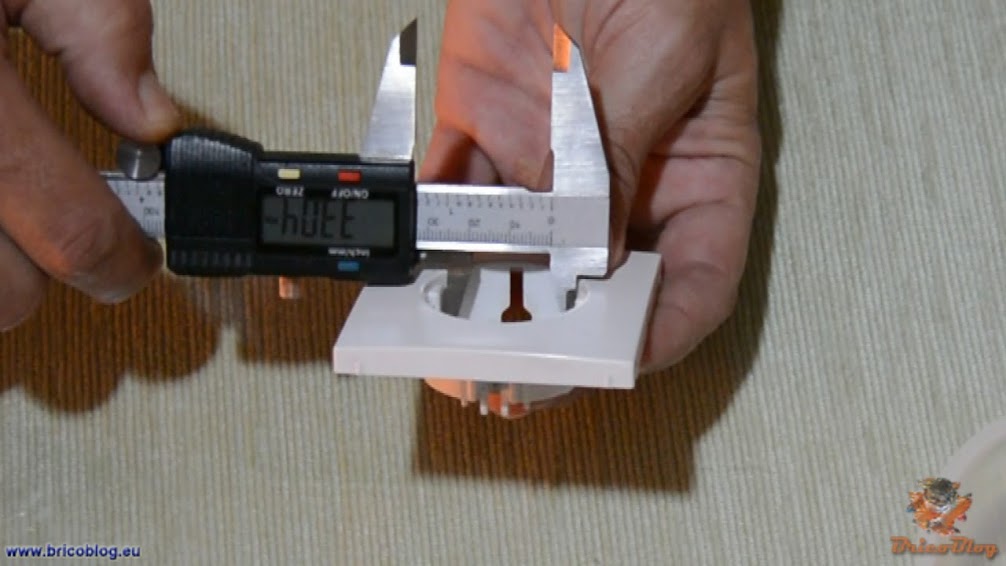
The home is, in theory, one of the safest places. That is what we all tend to believe and even assure.
Well, this statement is only “in theory” since, paradoxically, the statistical data on domestic accidents say the opposite.
80% of accidents occur in the private sphere, that is, at home and in leisure time.
In addition, one of the three main risk groups are children under 5 years of age.
For all these reasons, home security is a priority aspect, especially when there are babies and small children.
In this article, we want to share with you a way to protect the plugs, so that the little ones’ curiosity is not a danger, at least when it comes to electricity.
Surely you have already thought… But they already sell systems of this type, which are also very cheap!
Effectively. You are absolutely right, but this type of system can be a nuisance in case of loss or misplacement of the extraction key. In which case, they could be removed but, if you are in a hurry, it already complicates your life.
We propose another solution, just as safe as this one, even cheaper since it will not cost you anything, and more comfortable to use.
Video
As they say… “a picture is worth a thousand words”. And if we are already talking about a video, it goes without saying. Here we leave you a very short video, about 4 minutes long, but it shows step by step the entire process to carry out homemade plug protection.
tools and materials
To make our plug protection system, we will need the following tools and materials:
- Drill.
- Drill bits for metal or wood, it doesn’t matter.
Depending on the plug, they should be approximately 6mm and 3mm.
- Compass.
- Caliper, ruler or flexometer (meter).
- Screwdriver.
- Marker pen.
- Scissors.
- And our safety mechanism: A simple piece of plastic. In my case I will recycle a container of jars.
To make this type of electrical protectors, almost any plastic can be used. You only have to take into account two details:
- That it is not excessively fine, to be able to turn it with the pins of the plug.
- And that it be transparent or a color similar to that of the plug. With this, we will make it go unnoticed in the child’s eyes, and thus prevent his curiosity from increasing.
In our case, we will use a translucent one.
How to make our socket protection
It is about finding some way, among the multitude of possibilities that we could choose, to protect the sockets of the house with a fast, simple, effective and, if possible, free system. Thus avoiding, as far as possible, that children suffer any accident.
Let’s see how to do it.
The first thing is to disassemble the plug trim and, with the caliber, or with a meter, we measure the inner diameter.

Next, with the compass, we make a circle of said diameter in the plastic that we will use as a protector for the plug.
If it doesn’t look right, we go over it with a pen or marker. And we cut it with the scissors.
Now, we put the plastic circle in its location, and mark where the screw will go.
We drilled with the 3mm bit, and tested that the screw enters well.
We introduce it, and we test that it spins well. If necessary, we review with scissors.
We turn around, mark on the back the place where the holes will go through where the pins of the plug will pass, and drill with the 6mm bit.
If the holes are not very good, we go over them with a cutter or a knife. Yes, be very careful.
Before we put it back in place, we’ll test it. So we can make any necessary adjustments.
Below we show the closed position, in which nothing can be inserted inside the plug.
And the open position, in which the plug can be used normally.
Well, it works perfectly, so all that remains is to mount it.
We introduce it in its place, and screw.
CLEVER!!
The operation is very simple:
With the plug itself, we turn the security system, unlocking it and plug in.
And pulling out the plug, we twist again and lock it again.
This system works both for plugs with an earth connection, which are the classic round plugs, and for plugs without an earth connection, which are the flattened ones. You can see these two types of plug in video.
It’s that simple!!
If you liked it and find it useful, share it with your friends and family.



